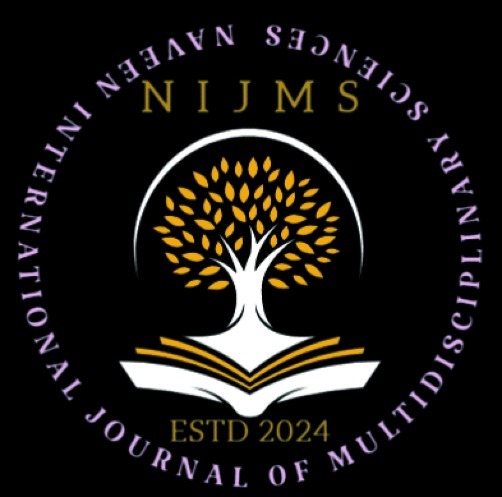The Role of Emotional Intelligence in Conflict Resolution Among Adolescent Students
DOI:
https://doi.org/10.71126/nijms.v1i4.36Keywords:
Emotional Intelligence (EI), Conflict Resolution, Adolescent Students, Interpersonal SkillsAbstract
Conflict resolution is a key component of creating a positive learning environment for teenage children is teaching them how to resolve conflicts. Conflicts frequently emerge during adolescence, a time of emotional upheaval brought on by peer pressure, academic pressure, and identity formation.Teenage pupils' ability to identify, comprehend, and effectively control their emotions makes emotional intelligence (EI) a critical component of conflict resolution. By improving self-awareness, empathy, and effective communication, emotional intelligence (EI) also plays a big part in conflict management. This study investigates how emotional intelligence (EI) helps teenage students resolve conflicts by enhancing their capacity to identify emotions, control their reactions, and have productive conversations. It also looks at the effects of Emotional Intelligence (EI)-based interventions in schools and how they help kids learn how to resolve conflicts amicably. This research analyses the impact of EI on adolescent conflict resolution and provides techniques for educators to enhance emotional intelligence in school environments. Educational institutions may foster a culture of empathy, collaboration, and resilience by giving students emotional intelligence (EI) abilities, which will ultimately prepare them for future interpersonal connections that are healthier. Schools may create a more peaceful learning environment by giving students the tools they need to resolve conflicts in a constructive way by including emotional intelligence training into their curricula.
Downloads
Published
Issue
Section
License
Copyright (c) 2025 Naveen International Journal of Multidisciplinary Sciences (NIJMS)

This work is licensed under a Creative Commons Attribution-NonCommercial 4.0 International License.









